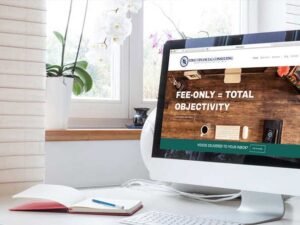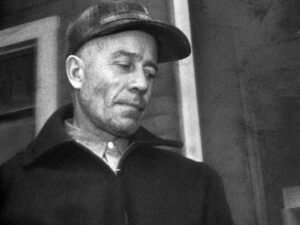As a passionate educator, I’ve often sought innovative ways to engage my students and foster a deeper understanding of various subjects. One of the most effective tools I’ve discovered is documentaries. They’re not just a source of information; they’re window to the world, transforming dry facts into captivating stories. In this article, I’ll share insights on creating lesson plans that incorporate documentaries, helping visual learners thrive in the classroom.
Why Use Documentaries in the Classroom?
You might be wondering why documentaries have become such a popular choice in educational settings. For me, the allure lies in their ability to present complex themes through compelling narratives and striking visuals. Documentaries can make history come alive, allow science to be explored in real-world contexts, and provide social commentary that resonates with students on a personal level. They bridge the gap between textbook knowledge and real-life experiences, which is particularly beneficial for visual learners who grasp concepts more readily through images and storytelling.
Selecting the Right Documentaries
Choosing the right documentary is crucial. With so many options out there, how do you decide? I focus on a few key factors:
Creating a Lesson Plan
Now that we’ve covered the selection process, let’s dive into how to create a structured lesson plan that incorporates documentaries effectively. Here’s a step-by-step guide that I’ve found invaluable:
1. Define Learning Objectives
First off, it’s essential to establish what you want your students to learn. Do you want them to understand a specific historical event, grasp the basics of a scientific concept, or develop critical media literacy skills? I always aim for SMART objectives: Specific, Measurable, Achievable, Relevant, and Time-bound.
2. Choose the Documentary
With learning objectives in mind, select a relevant documentary. Make sure to preview it beforehand, noting key segments that align with your lesson plans. I’ve often taken notes during my viewing to highlight parts that would best facilitate student discussion or reflection.
3. Develop Pre-Viewing Activities
Before screening the documentary, I engage my students with activities to prepare them. These might include:
These activities set the stage and pique student interest, making them more receptive to the documentary itself.
4. Screen the Documentary
During the viewing, I encourage students to take notes or answer targeted questions on a handout. This approach helps them actively engage with the material instead of passively consuming it. I’ve found that asking them to note any surprising facts or emotional reactions can lead to rich discussions later on.
5. Post-Viewing Discussion and Activities
After watching the documentary, it’s time to dive into discussion. This phase is crucial for deepening understanding. I typically start with open-ended questions:
These prompts encourage critical thinking and allow students to express their insights and emotions regarding the subject matter. Additionally, I sometimes incorporate creative follow-up activities:
6. Assess Learning Outcomes
Lastly, I always assess student understanding through quizzes, projects, or informal discussions. This step helps me gauge the effectiveness of the documentary in meeting my defined learning objectives. Plus, it ensures that students are synthesizing information and articulating their viewpoints clearly.
Benefits of Using Documentaries
There are so many reasons I advocate for using documentaries in lessons. Not only do they diversify teaching methods, but they also promote critical thinking and empathy. Students learn to analyze media, discern facts from opinions, and appreciate diverse perspectives. These skills are essential not only in the classroom but in the real world as well.
Overcoming Challenges
Of course, integrating documentaries into your curriculum can come with challenges. Technical issues might arise, or students might be disengaged due to varying learning styles. To address this, I recommend being flexible and prepared. Always have a backup plan; whether it’s using a different documentary, a discussion format, or individual reading assignments, adaptability is key.
Conclusion
In wrapping up, I’ve shared my insights on why teaching with documentaries can transform the learning experience for visual learners. By carefully selecting documentaries, creating structured lesson plans, and engaging students in rich discussions, I’ve seen firsthand how these approaches can spark curiosity, foster critical thinking, and make learning memorable. As educators, let’s embrace the power of visual storytelling to create a classroom environment that inspires, informs, and empowers the next generation of thinkers!




